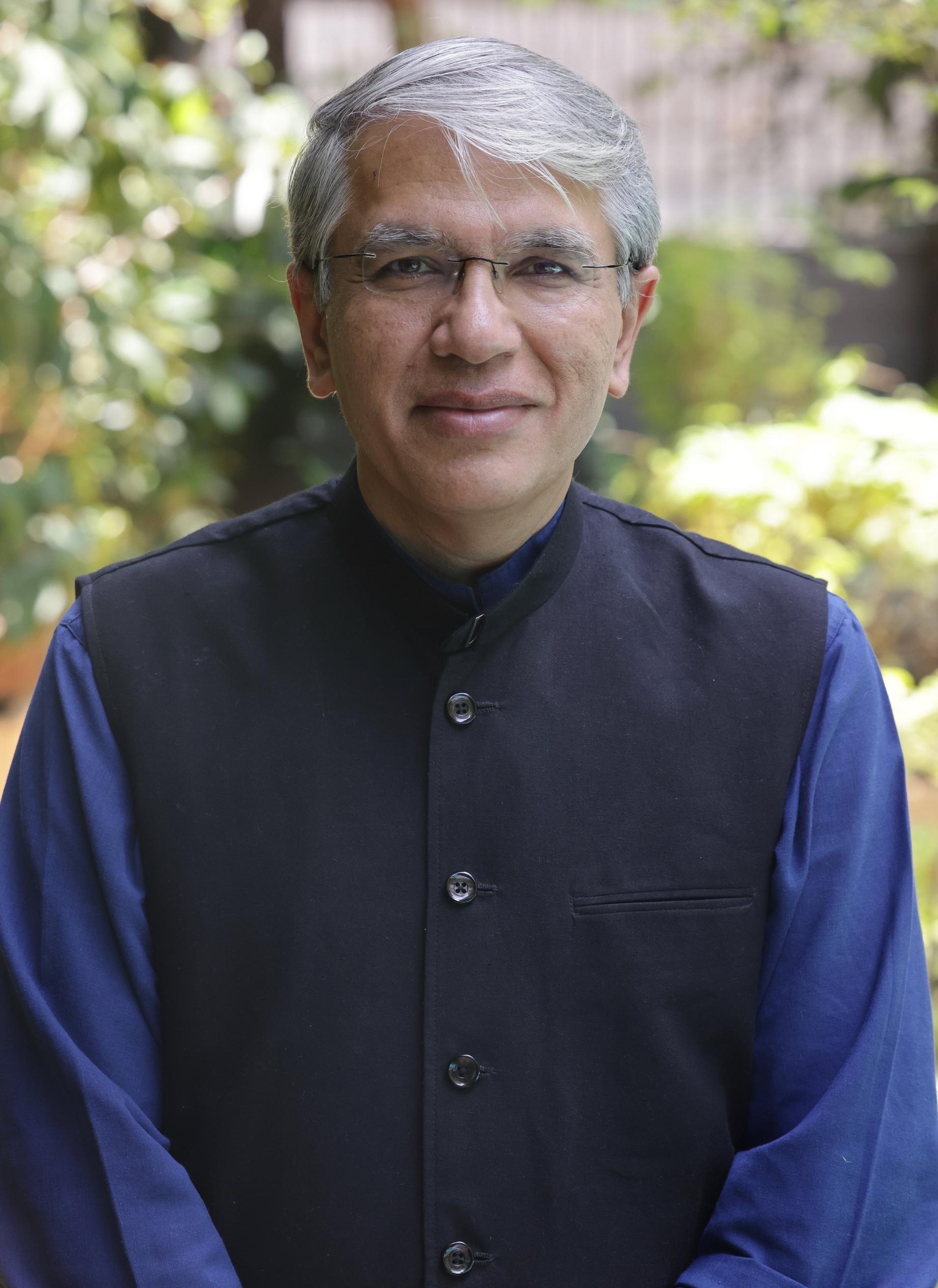India’s Stock Market: A Catalyst for Mass Prosperity

India’s stock markets stand out from their counterparts in other countries, providing a potent catalyst for widespread prosperity. While India’s stock market has surged past $4 trillion in value, its competitors like Brazil, Mexico, Thailand, and Malaysia lag far behind, each valued at around $0.5 trillion, with Chile and Vietnam even lower. However, historical evidence suggests that quality outweighs quantity in market value. The complexity, diversity, and institutionalization of India’s stock market set it apart, fostering an environment conducive to combining mass democracy with mass prosperity.
Contrary to the notion that stock market value, economic growth, and job creation are disconnected, evidence suggests otherwise. India’s economic development, akin to a game of Scrabble, has seen improvements in governance and business environment over the years, leading to increased private sector participation and economic growth. The stock market’s evolution reflects India’s transition from a heavily regulated economy to one marked by complexity, diversity, and institutionalization.
India’s stock market distinguishes itself in complexity by transitioning from mass manufacturing to value creation through technology and service exports. The diversity of India’s markets, characterized by a wide range of sectors and consumer markets, contributes to its resilience and potential for growth. Institutionalization, driven by democratic checks and balances, has curbed crony capitalism and led to increased institutional ownership and better corporate governance.
Mass prosperity hinges on the synergy between land, labor, and capital, facilitated by stock markets that fuel private sector investment and job creation. India’s burgeoning job market, fueled by domestic consumption and foreign investment, suggests a shift towards sustained economic growth. With Indian listed companies gaining momentum in scalability and job creation potential, India is poised to rival China in market weightage, market cap, and per capita income within the coming decade.
India’s journey towards prosperity has been marked by challenges and missed opportunities. However, the nation’s commitment to democracy coupled with economic reforms signals a promising future. As the Brihadaranyak Upanishad suggests, India’s destiny is shaped by its deep desires, and the desire for mass democracy intertwined with prosperity is one that India is poised to fulfill.
The original article written by Manish Sabharwal and Dhiraj Agarwal was featured in the print and online version of Mint Opinion on the 16th of February, 2024. Read the complete article here.
Latest Articles
TeamLease Services: Empowering Talent
For more than two decades, TeamLease has offered customised hiring solutions for clients from diverse industries facilitating the employment of over 23 lakh individuals TeamLease...
Read MoreThe Digital Shift in Agriculture: Transforming Rural Job Opportunities
Technology is transforming Indian agriculture, setting the stage for a revolution, promising not only a surge in productivity but also exciting new job opportunities for...
Read MoreAI’s Impact on Job Positions in the BFSI Sector
The BFSI (Banking, Financial Services, and Insurance) Sector in India is going through a tech makeover led by the quick uptake of Artificial Intelligence (AI)....
Read MoreAdapting to the Future: India’s Technological Evolution and Workforce Needs
India is experiencing rapid technological advancements, which are leading to significant shifts in workforce dynamics and skill requirements. Automation and AI are reshaping industries and...
Read MoreUnion Budget 2024-25: Top Sectors for Job Growth
In the wake of the Union Budget 2024 announcement, TeamLease Services has delved into the details and pinpointed the sectors with the highest job creation...
Read More




